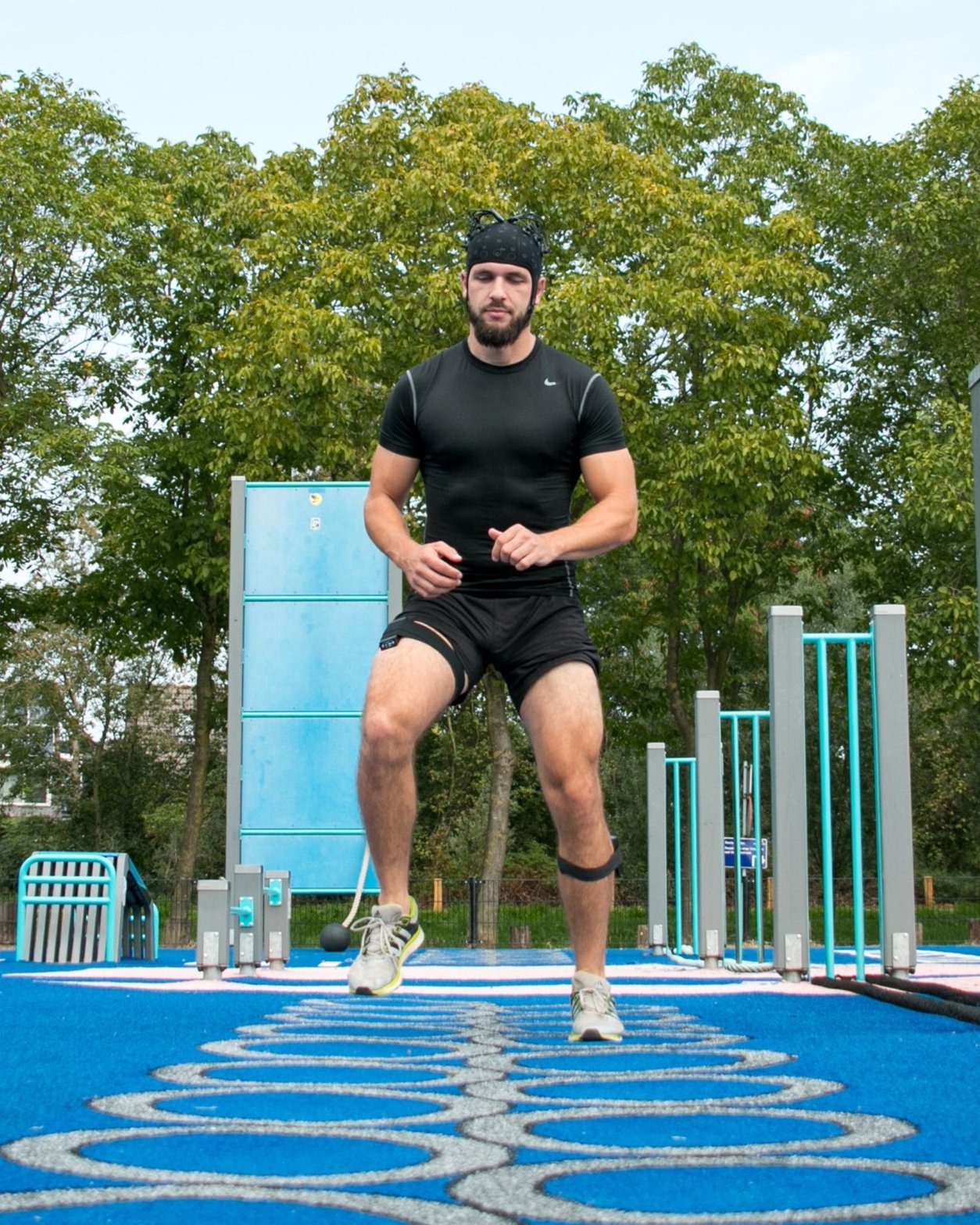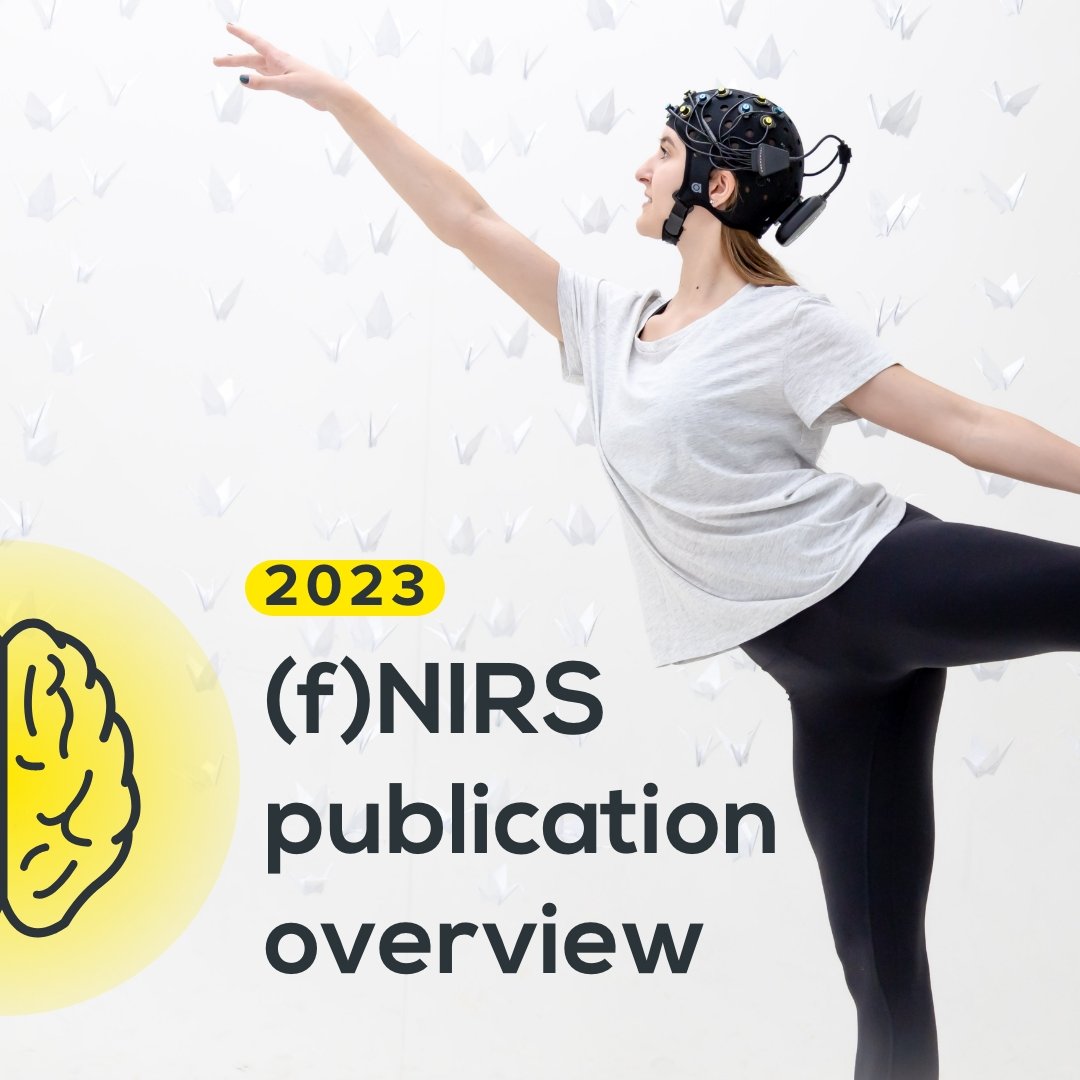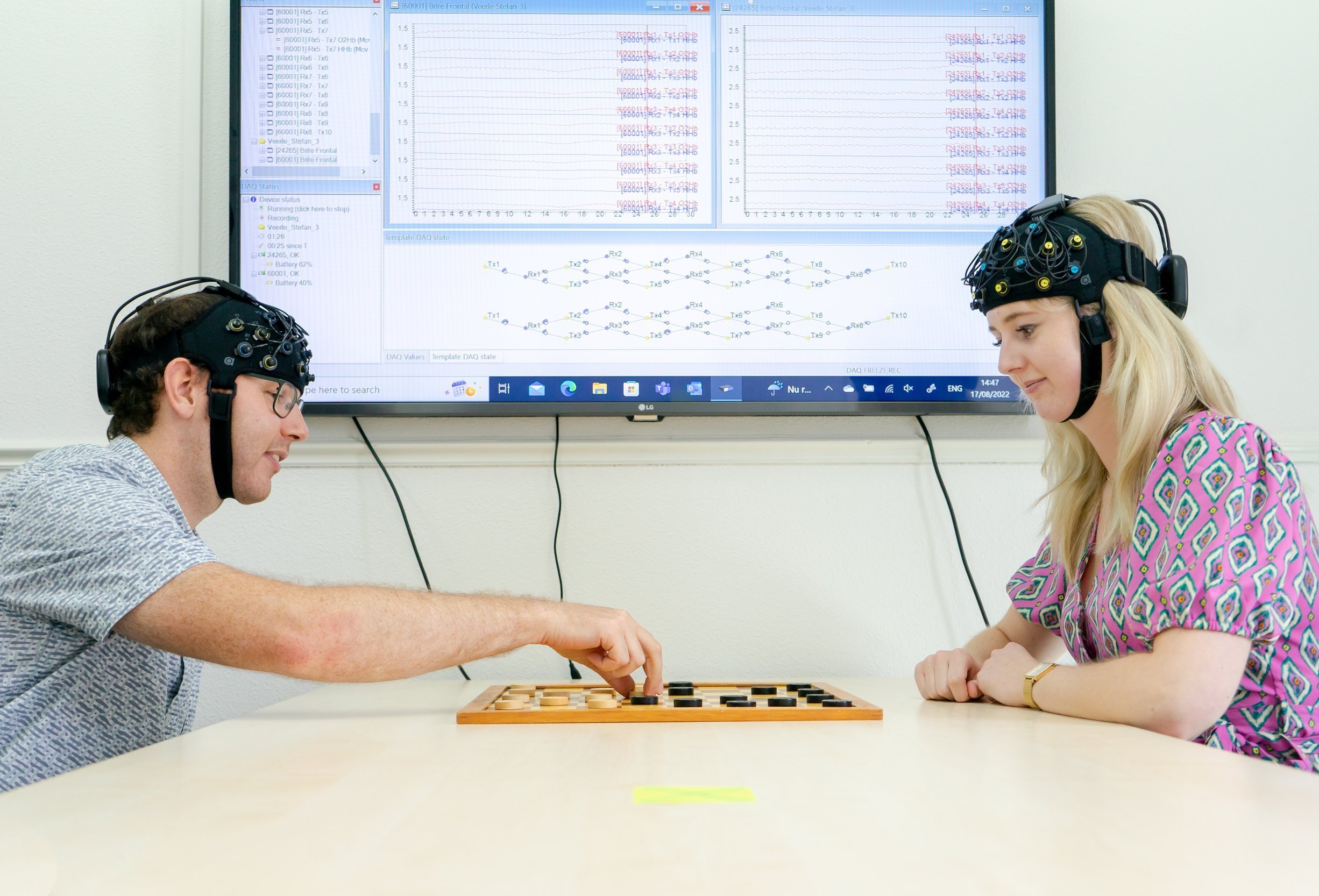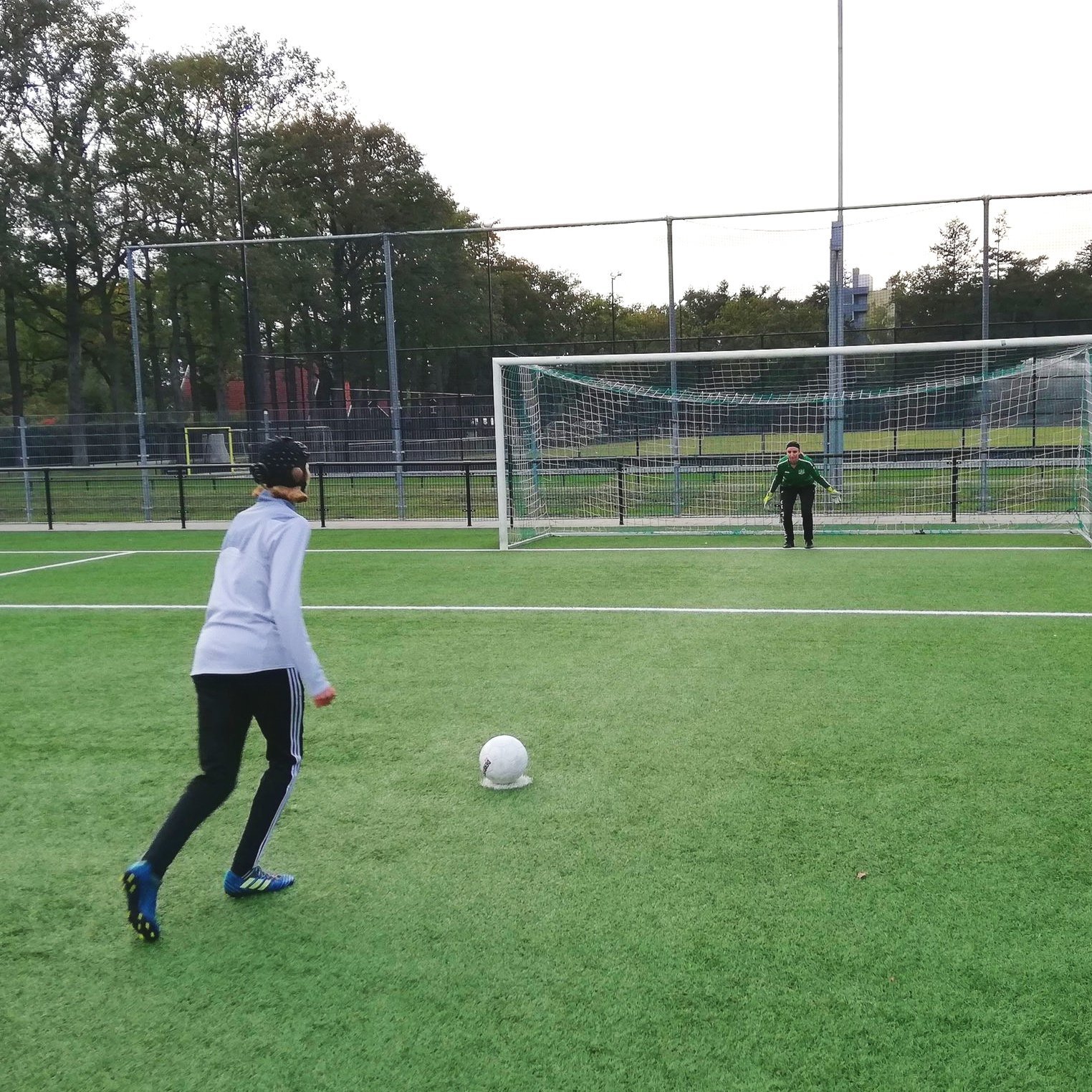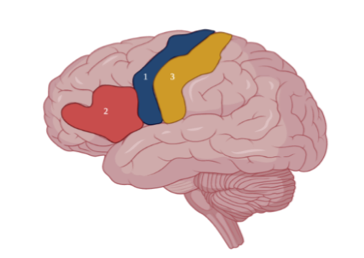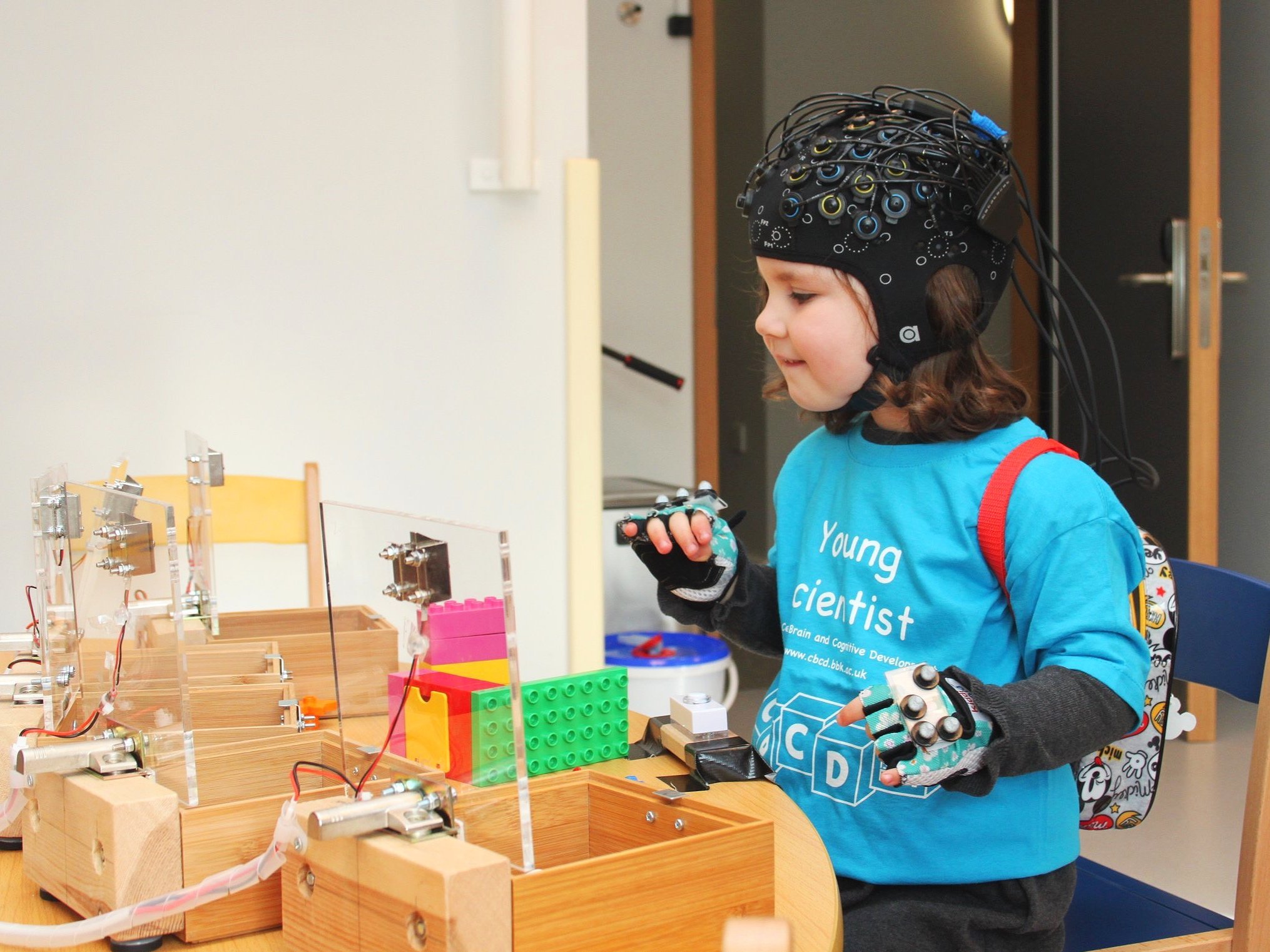
1523
1523
Research publications using Artinis NIRS devices
For your convenience, we have compiled a list of all (f)NIRS publications performed with our equipment. Our devices have been used in a wide range of publications, which we have categorized below.
Is your article not included in the list? Please let us know and we will add it immediately.
-
Please reference Artinis in the following manner in your publication: (device that was used, Artinis Medical Systems, Elst, www.artinis.com)
In text: E.g., (Brite, Artinis Medical Systems, Elst, The Netherlands, www.artinis.com) — E.g., We used the Brite MKII (Artinis Medical Systems, 2021) to measure… ; Reference list: Artinis Medical Systems (2021), Brite (MKII) [Device that was used], https://www.artinis.com
Do you want to attach Artinis pictures or videos in your publication/article/etc.? Contact us to get a request form.
Read the Top Picks Publications from 2025 on one of Artinis social channels
fNIRS stands for functional near infrared spectroscopy. The functional component comes from the fact that our fNIRS devices are capable of assessing brain activity. This is done by measuring changes in oxyhemoglobin and deoxyhemoglobin, which reflect local brain activity. Moreover, fNIRS provides a non-invasive manner to achieve an excellent resolution brain signal in real-time.
Brain-computer interface (BCI)
BCI devices are gaining more and more popularity because of the exciting potential they hold. The non-invasive nature of our fNIRS systems in combination with being easy to set up, makes them a great brain imaging modality for use in BCI applications.
The medical world is continuously searching for new ways to help people in need. Over the years, the NIRS devices from Artinis have shown to be well suited for research in a clinical setting.
Hyperscanning is defined as simultaneously measuring the brain activity of multiple subjects. Social interactions are a crucial part of human life. Understanding the neural underpinnings of social interactions is a challenging task that the hyperscanning method has been trying to tackle over the last two decades.
Hypoxia & altitude studies
A constant supply of oxygen to our muscles and organs is essential for the maintenance of proper body functioning. However, we frequently encounter conditions where the oxygen demand by tissue exceeds the supply, thereby leading to a state of oxygen deprivation, also called hypoxia. Because of our constant need for oxygen, our body has developed multiple mechanisms that detect oxygen levels, which in turn can activate appropriate responses to counter hypoxia and generate a higher oxygen supply. Moreover, understanding the physiological mechanism underlying the bodily response to oxygen deprivation is of major importance and our NIRS devices have shown to be a great tool in this field of research.
Neonatal
The complex architecture of the human brain develops in an ongoing process that starts in the womb and continues into adulthood. In the first few years of human life, more than 1 million new neural connections are formed every second. The processes that underly the developing brain have long been a neuroscientific area of interest. The fNIRS devices developed by Artinis are lightweight, user-friendly, and comfortable, making them perfectly suited for studies on sensitive subjects, such as children.
Neurostimulation
& fNIRS
As fNIRS measures brain activity based on light, no interference occurs when combined with neurostimulation methods that use magnetic (TMS) or direct current stimulation (tDCS). Moreover, this makes fNIRS an ideal brain imaging modality in research where the brain has to be stimulated and local activity simultaneously quantified.
NIRS & EEG
There are multiple brain imaging modalities available nowadays. But how do you decide which modality fits your research best? fNIRS is known for the fact that it is non-invasive, portable, and has a good spatial resolution. EEG on the other hand is known for its non-invasiveness and superior temporal resolution. By combining these two brain imaging modalities, you can measure brain activity in a non-invasive manner with excellent temporal and spatial resolution.
Urology
Over the years NIRS has been utilized in many different fields of research. Recently, NIRS has also found use in the field of urology. Indications show that bladder blood flow and oxygenation differ in health and disease. NIRS can non-invasively monitor changes in oxyhemoglobin and deoxyhemoglobin in the bladder, providing physiological information not available by other means.
The field of sport Science is one of the first research fields where NIRS found wide use application. In sport Science it is critical to have insight in the local muscle oxygen consumption. The Artinis PortaMon and PortaLite are great wireless tools for this purpose and have become the golden standard as oxygen monitor because of this.
Virtual reality (VR)
VR is a simulated experience that can be sometimes almost indistinguishable from real-world experiences. Since the fNIRS devices produced by Artinis can be easily combined with VR headsets, researchers have utilized this by assessing brain activity while their subjects are immersed in a VR world.
Search for a specific publication
Integrated NIRS
FNIRS — EEG — EMG — ECG — TCS — TDCS — FMRI — EYE TRACKING — VR — AND MOREYou can easily combine Near Infrared Spectroscopy with other techniques without any hassle. For example, the combination of EEG and NIRS offers complementary information about brain function, giving you the ability to measure both neural and hemodynamic activity simultaneously.
With our NIRS-EEG packages we went one step further than other companies in this market: we truly integrated the optode holders and EEG holder into one holder as well as the software. In this way, we can provide full head coverage and all data is integrated and synchronized within our proprietary recording software, OxySoft.
How can we help you?
Our team of specialists will help you find the most suitable device for your project.



